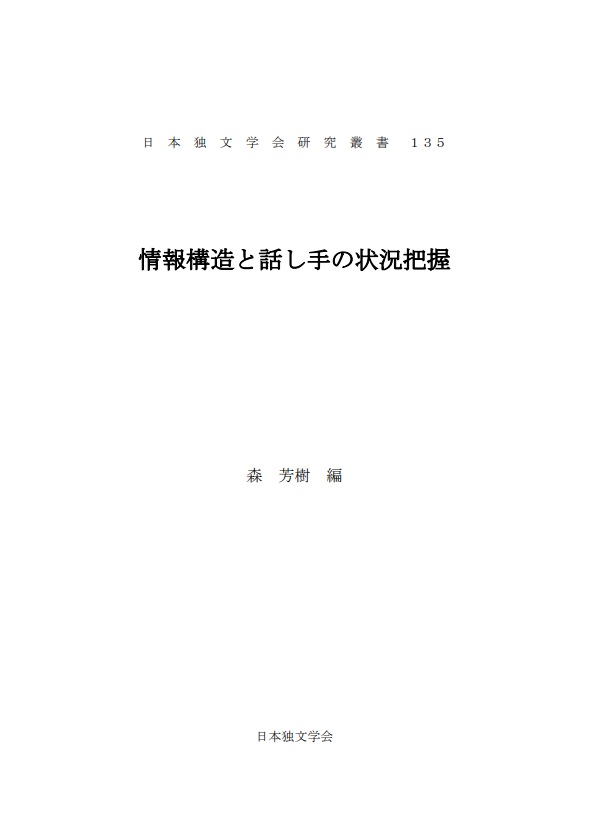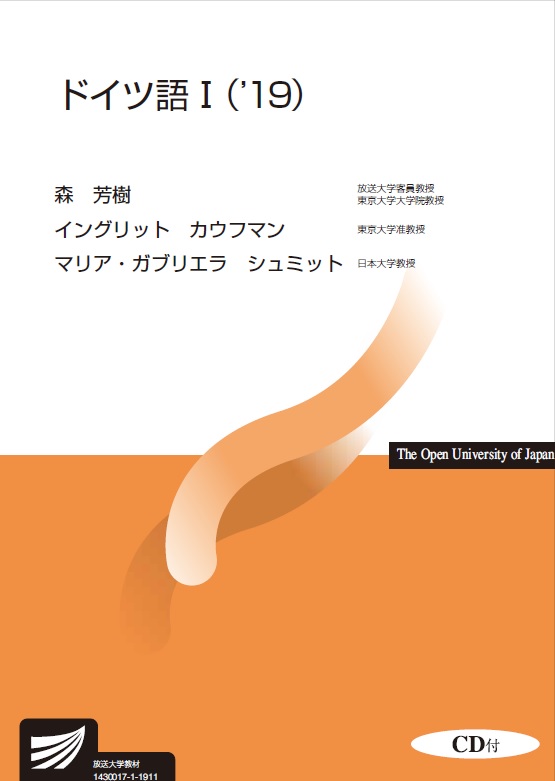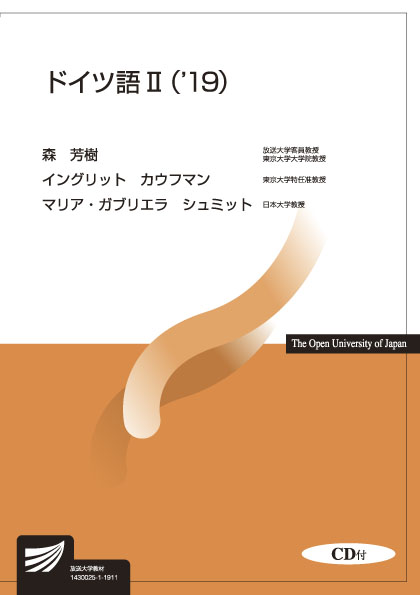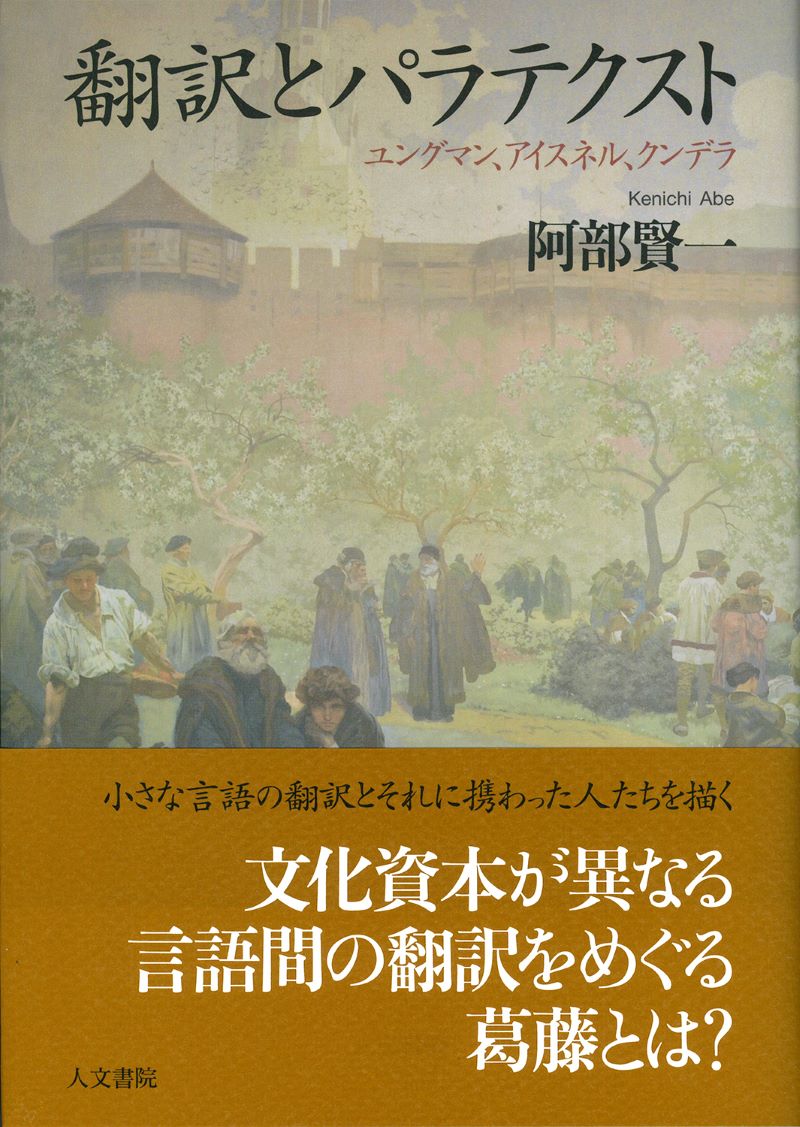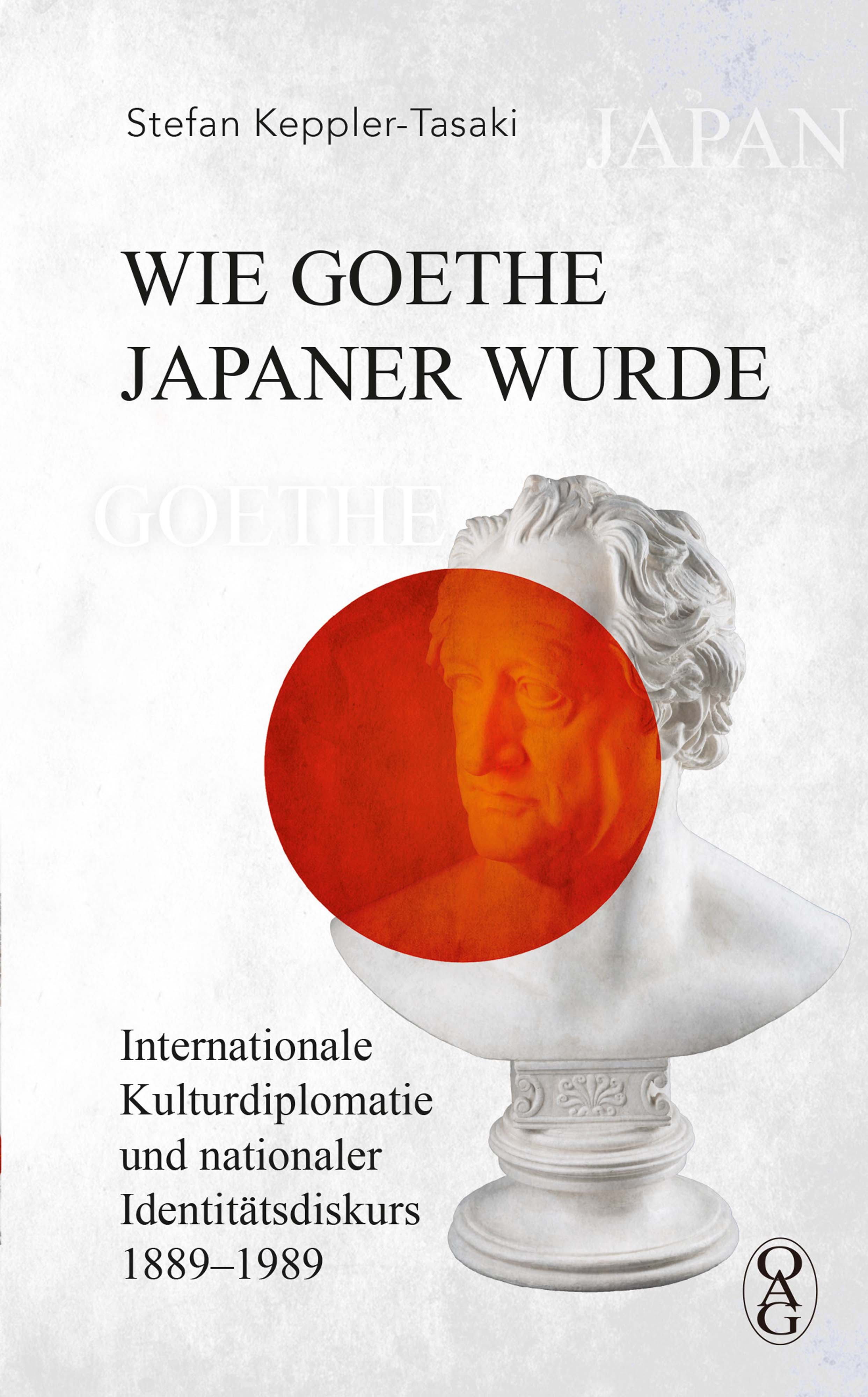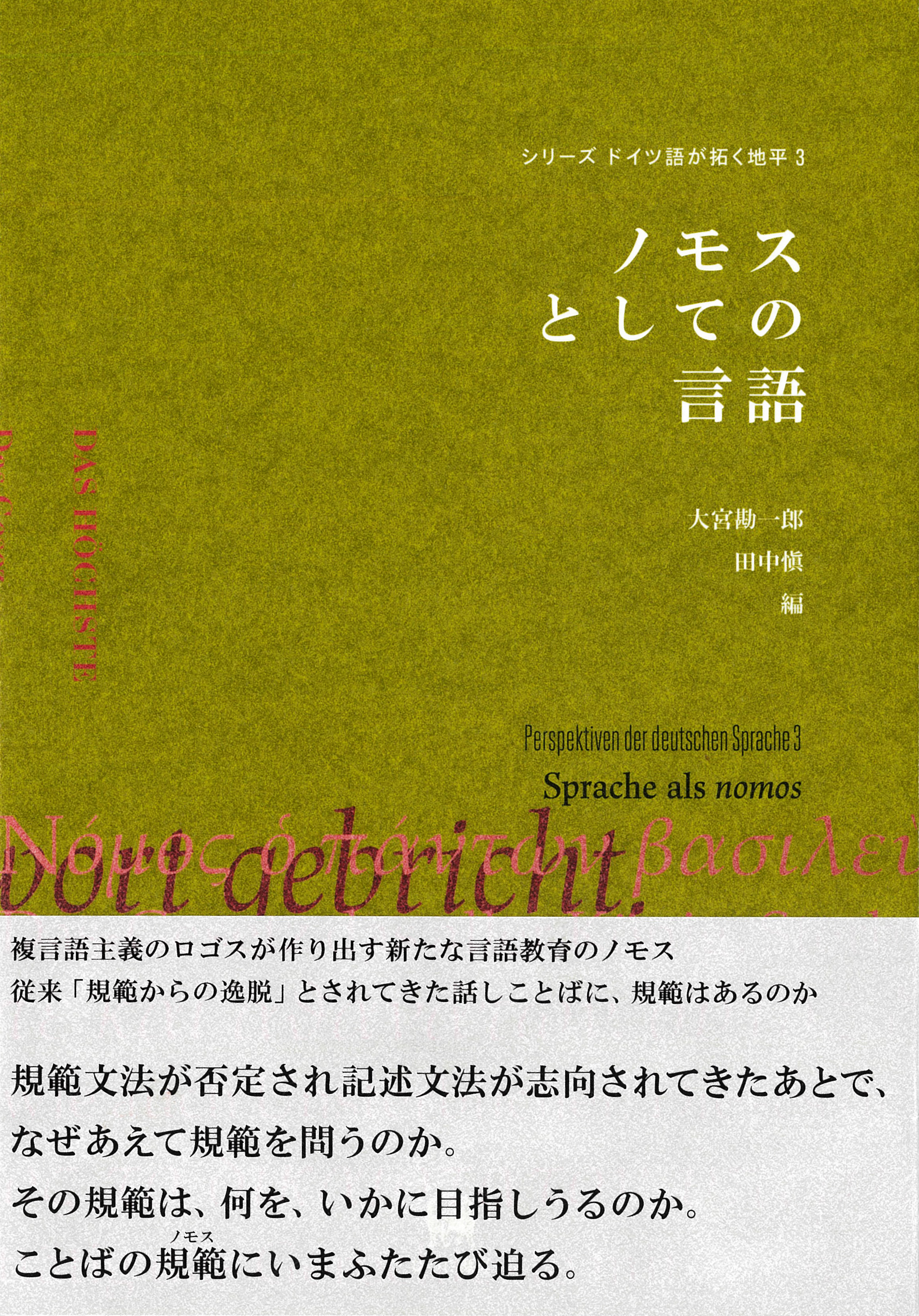
Title
Nomos toshiteno Gengo (Language as ‘nomos’)
Size
344 pages, A5 format, softcover
Language
Japanese
Released
May, 2022
ISBN
978-4-8234-1106-9
Published by
Hituzi Shobo
Book Info
See Book Availability at Library
Japanese Page
This book focuses on “the normative” aspects of the German language from various perspectives and stresses how languages, being a complex interplay of nature and convention, cannot be adequately understood if they are only approached as natural phenomena and merely described as such. Since artificially established norms are intrinsically subject to transformation and renewal, they inherently represent the human elements of language. Within this framework, the German language will be examined with a focus on its rules, customs and high-order norms, i.e., in the aspect of “nomos”. In the 21st century, as the constitutive power of the linguistic norms is variously disseminated, causing their influence to become even more instable, it is important to reconsider the significance and the function of “the normative” aspects of the language. This book approaches the issue both from a historical perspective (part one) and the present situation (part two), with the following titles “the ‘National Language’ in Modern Germany” and “the Instability of Nomos Today”, each comprising six chapters. The first part deals with the thoughts, as well as the social and material factors which have influenced the formation and the transformation of the “national language” as the normative stratum of language, emphasizing its realization through the sophistication, elaboration and exclusion of the vernacular, viewed from a historical point of view. The second part examines the various forms of “nomos” within German-speaking spheres under the present conditions. In the first section, the book explores several topics, including the formation of the national language influenced by Fichte, Savigny, J. Grimm et al.; Luther and the official German; the evolution of the German language concepts from J. Böhme and Schottel to Hamann and Herder; the language aesthetics by A. W. Schlegel; the controversy on the Bohemian national language under the Habsburg regime in the 19th century with contributors such as Bolzano or Mauthner; the history of fonts as the foundational element of written media. The second part deals with the language politics in Germany, Austria and Switzerland, the Luxembourgian language politics and German speaking inhabitants, plurilingualism as the EU language politics, the standardization process of the colloquial language, the challenges associated with transcribing foreign languages, the inherent nature of norms themselves. In our modern and complex society, the valued concept of “nomos”, based on rules and customs, should likewise evolve along with them. The aim of this book is to explore the contemporary struggle regarding the nature and the art of a language, which has been a human concern since ancient Greece. Additionally, it attempts to convey the appeals of the German language, literature, and thoughts. Hence, it can be used as a valuable guide in this field.
(Written by OMIYA Kanichiro, Professor, Graduate School of Humanities and Sociology / 2023)



 Find a book
Find a book


